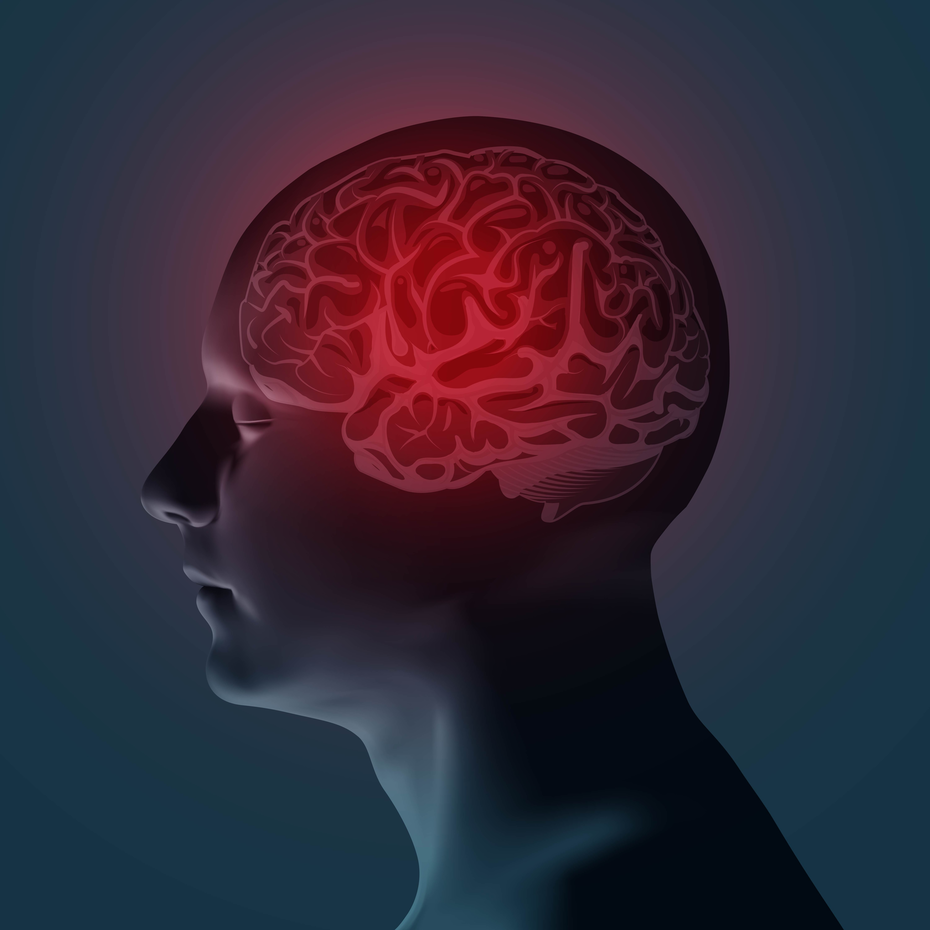Article
KINECT Analysis Finds Differently Diagnosed TD Affects Patients Differently
Author(s):
Patients' tongues are more affected in mood disorders than in schizophrenia.

Tardive dyskinesia (TD) may result from long-term exposure to antipsychotic agents for schizophrenia, schizoaffective disorder, bipolar disorder, or treatment-resistant major depressive disorder. TD is a chronic involuntary movement disorder that may include spasmodic twitching or jerking of muscles or a continual succession of slow, writhing movements incorporating flexion, extension, pronation, and supination. These uncontrollable movements may affect the mouth, trunk, arms, and legs.
Investigators have used the Abnormal Involuntary Movement Scale (AIMS) extensively in clinical trials to assess changes in TD severity. The first 7 items of this scale rate the severity of abnormal movements in different body regions on a scale from 0 (none) to 4 (severe).
To determine which body regions TD affected most in 2 psychiatric diagnosis subgroups, a team of investigators recently analyzed AIMS item scores at baseline from the KINECT 3 study.
That randomized, double-blind, placebo-controlled trial furnished the efficacy evidence the US Food and Drug Administration (FDA) needed to approve valbenazine (Ingrezza) to treat TD this year.
Stewart Factor, DO, (pictured) professor of neurology and director of the Movement Disorders Program at Emory University School of Medicine in Atlanta, Georgia, led the analysis of KINECT 3 AIMS data from 150 patients with schizophrenia or schizoaffective disorder and 77 with mood disorder.
Factor and team analyzed baseline mean AIMS item scores as well as mean regional scores calculated by averaging mean scores for AIMS items 1—4 (orofacial), 5–6 (extremities), and 7 (trunk). They also analyzed the mean number of AIMS items with a score of at least 2, indicating symptoms were mild or worse in severity.
In addition, they analyzed the percentage of subjects with a baseline score of at least 2 for each AIMS item and the percentage with a baseline score of at least 1 for the orofacial region (AIMS items 1—4) or for the non-orofacial region (AIMS items 5–7).
Researchers found that the mood disorder subgroup had a greater percentage of subjects with a baseline score of at least 2 for each AIMS item than the schizophrenia or schizoaffective disorder subgroup.
The mood disorder subgroup also had more AIMS items with a baseline score of at least 2 than the schizophrenia or schizoaffective disorder subgroup. For mood disorder patients, the mean (standard deviation) number of items so rated was 3.9 (1.5), and for those with schizophrenia or schizoaffective disorder, it was 3.1 (1.8).
In both subgroups, more than 30% of subjects scored at least 2 on all AIMS items, and most (≥95%) had some dyskinesia (AIMS item score ≥1) in both orofacial and non-orofacial regions.
In addition, when baseline AIMS scores were calculated for the orofacial region, trunk, and extremities considered together, the mood disorder subgroup had higher mean scores (indicating greater severity) than the schizophrenia or schizoaffective disorder subgroup.
Furthermore, in both diagnostic subgroups, the AIMS items with the highest mean scores at baseline were those for the jaw, lips, and tongue. Those for the jaw had the highest mean score (1.7) in the schizophrenia or schizoaffective disorder subgroup, and those for the tongue had the highest mean score (2.1) in the mood disorder subgroup.
In the mood disorder subgroup, the regions where TD was rated mild or worse in severity most commonly were the tongue (72.7%), the jaw (63.6%), and the lips or perioral region (62.3%). In contrast, in the schizophrenia or schizoaffective disorder subgroup, the regions where it was rated mild or worse in severity most commonly were the jaw (57.4%), the lips or perioral region (54.7%), and the tongue (48.6%).
These results led the investigators to conclude that, among participants in the KINECT 3 study, the tongue, the jaw, and the lips had the highest AIMS item scores at baseline. They also noted that, although the TD symptom pattern was generally similar between diagnostic subgroups, dyskinetic movements were more severe in patients with mood disorder than in those with schizophrenia or schizoaffective disorder.
However, the greatest difference noted between subgroups was in the tongue region, which was one-third more frequently affected in the mood disorder subgroup than in the schizophrenia or schizoaffective disorder subgroup. Nevertheless, in both diagnostic subgroups, nearly all patients (≥95%) had dyskinesia in both an orofacial region and a non-orofacial region. This finding supports the recommendation to screen for TD symptoms in all regions of the body.
A poster on the study, “Tardive dyskinesia by body region in subjects with schizophrenia/schizoaffective disorder or mood disorder: Findings from the KINECT 3 study,” was presented last month at the 21st International Congress of Parkinson’s Disease and Movement Disorders in Vancouver, BC.
Related Coverage
Minimal Clinically Important Difference in TD Scale Score Identified
AIM-TD Study: Deutetrabenazine Fixed Doses Reduced Tardive Dyskinesia
No Sign of New Movement Disorders from Long-term Valbenazine for TD





